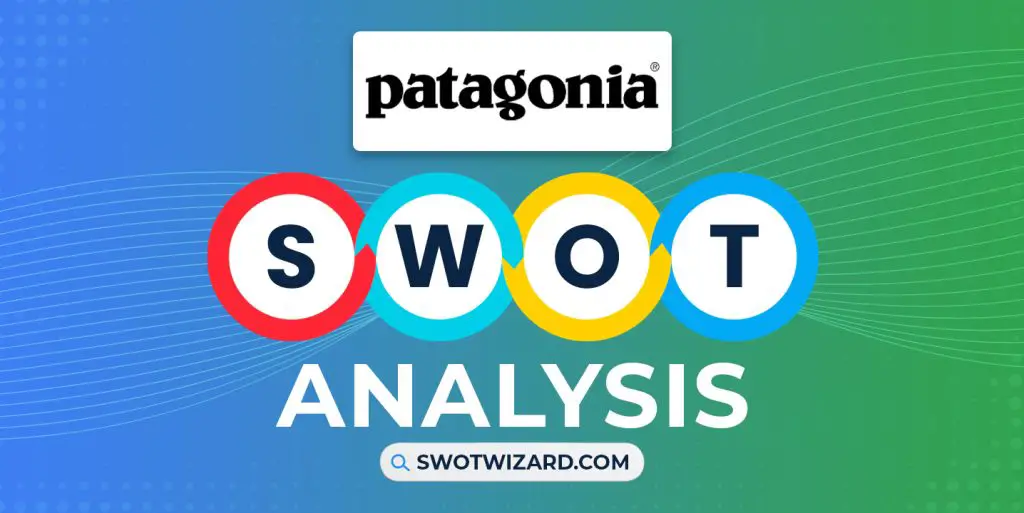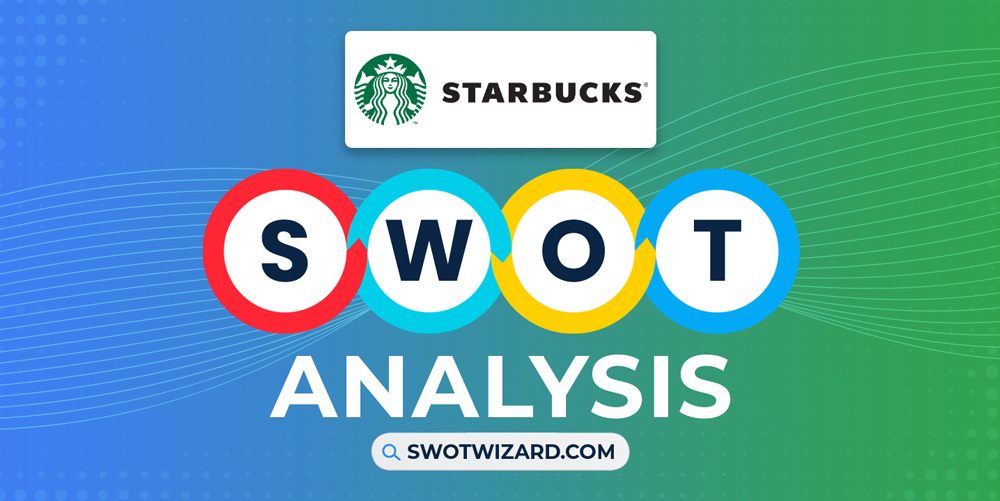For any adventure-loving person, Patagonia has consistently met its customer’s demands. From camping and climbing products to anything you need related to adventure clothing and apparel, Patagonia will ensure you have the best product in the market.
It has massive popularity in its target market, and private ownership made it possible to stay true to its course and beliefs. Their organized marketing strategies are always attracting customers to their products. But they are technologically behind in a few cases.
We will get to know more when we finish this Patagonia swot analysis. Stay with us till the end.
Patagonia: Company Overview
| Company | Patagonia Inc. |
| Industry | Apparel |
| Founded | 9 May, 1973 |
| Founder | Yvon Chouinard |
| CEO | Ryan Gellert |
| Headquarter | Ventura, California, U.S. |
| No. of Employees | 1500+ |
| Annual Revenue | $1.5 billion (FY 2022) |
| Website | www.patagonia.com |
Patagonia celebrates its golden jubilee on May 09, 2023. Yvon Chouinard founded the company to make sustainable clothing and apparel and serve the travel freak people.
Since its inception, they have stayed true to its mission. From a small company with a big dream, they are now one of the most famous brands in its industry. With more than one thousand employees, it has more than 70 stores worldwide.
With around $100 M of profit annually, it donates 1% to the climate awareness cause.
Product & Services of Patagonia Inc.
Outdoor Shoes | Outdoor Apparel | Sleeping Bags | Backpacks | Sporting Goods | Sporting Equipment
Patagonia Competitors
Canada Goose | The North Face | Columbia Sportswear | Jack Wolfskin | Amer Sports | L.L. Bean | Farfetch
Did You Know?
The first organic cotton was introduced through Patagonia in 1996, and the company has used it in its products ever since.
Strengths – Patagonia SWOT Analysis
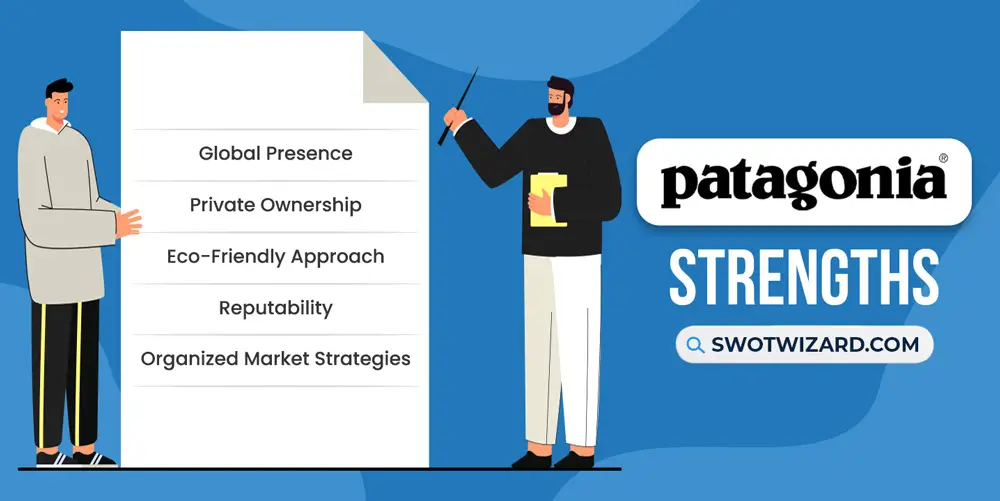
Global Presence: Having stores worldwide and a strong presence is always a plus point for companies. In this case, Patagonia has over 70 stores in 7 counties. Not just that, they manufacture their products locally, which means they have their factories in those countries they operate, the blessing of globalization.
Private Ownership: Private-owned companies have complete control over finance and decision-making. Public companies have to deal with a lot of influence and political issues that can arise in the long term. Private ownership and absolute authority over the company made it possible to stay on course and in what it believed.
Eco-Friendly Approach: Practicing eco-friendly approaches to tackle global warming is always appraisable. While other companies are trying to move into more green energy, Patagonia has been doing it for decades. The amount of energy they use is 76% globally and 100% in the USA. Besides, for the last 28 years, they have been donating 1% of their total profit to reducing carbon reducing cause.
Reputability: A good reputation goes a long way toward customer loyalty, even the employees, if the company takes care of them. It’s not just their goal towards eco-friendliness. They also have 16 weeks of maternity paid leave policy for female employees and 12 weeks of paternity for male employees. Also, they didn’t run their ad on Facebook because of the hate speech issue.
Organized Market Strategies: Companies usually segment a large group of people based on geographic or other segmentation ways. For Patagonia, it’s unique. Their global climate awareness campaign allowed them to attract and make loyal of this segment of people. Besides maintaining sustainability and operating the campaigns by 5P rules, added advancement in the process.
Weaknesses – Patagonia SWOT Analysis
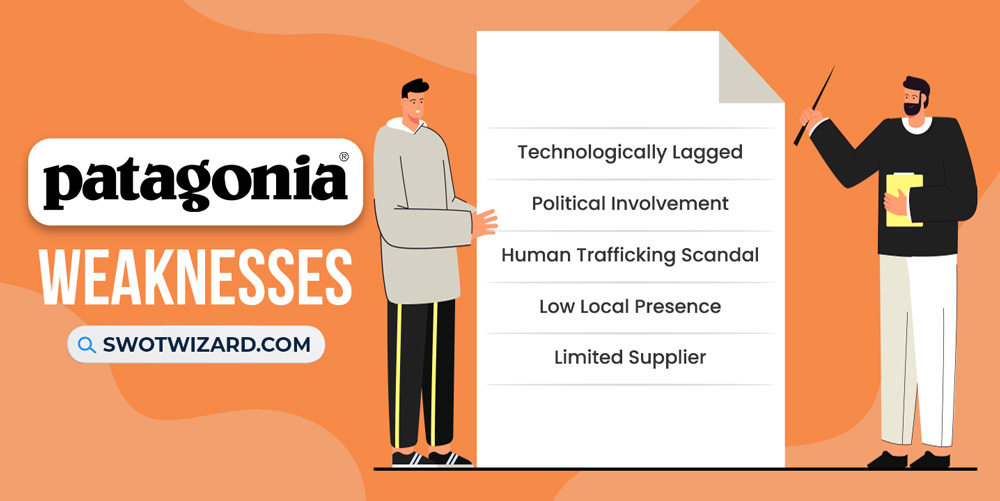
Technologically Lagged: Companies are trying to be more effective and efficient by adopting new techs and practices. But Patagonia isn’t. They are not investing enough in their tech sector to improve, nor the e-commerce wing. That’s the reason their online sales are comparatively low.
Political Involvement: To maintain the reputation and neutrality of the brand, brands or its key people should never get involved in any political involvement. But, during the trump administration, the CEO criticized its policies and sued President Trump. That results in biases in the customer.
Human Trafficking Scandal: Company’s executive scandal and bad product issues are happening worldwide, which constantly damage the brand’s reputation. Similarly, for Patagonia, human trafficking and exploited labor issue has been going on for years. Even a lawsuit has placed the company, which they are battling to date.
Low Local Presence: Even though Patagonia is known for its unique approach to its target market, their effort in the local and global markets could be more extensive. They don’t have enough local, let alone international, presence. They have only 37 stores in the USA, and the total number of stores is around 70 in 10 countries over five continents. That’s comparatively very low compared to competitors.
Limited Supplier: The supply chain issues for overdependency can always cripple the entire operation. Patagonia heavily relies upon Asian suppliers. Even some policies with the suppliers contradicted Patagonia’s eco-friendly approach. Besides, depending upon a few suppliers could always jeopardize the entire SCM.
Opportunities – Patagonia SWOT Analysis
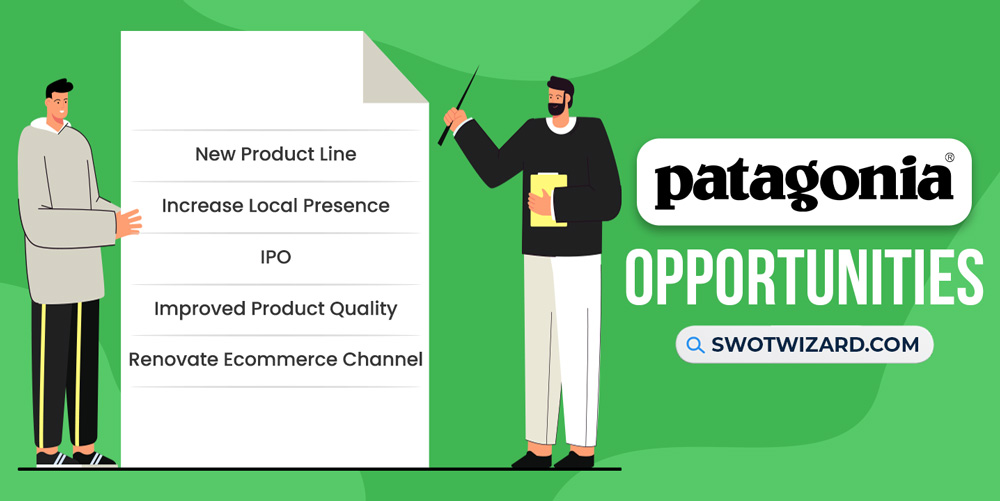
New Product Line: In Patagonia’s 50 years of history, their market offerings and products stayed almost the same. People want new and variety in the product line regardless of their segment. To keep people interested and attracted to the brand, Patagonia should focus on a new or extensive product line.
Increase Local Presence: As mentioned, Patagonia has an extremely low presence in the market compared to its competitors. They have the opportunity to expand the stores in the local areas and the international markets.
IPO: One of the main reasons behind Patagonia’s low expansion is that it has limited capital. As a privately owned company, they have complete authority in decision-making but not enough money to expand. To solve this, they can turn into a public company. That will solve the financial issue and bring new brains to the management team.
Improved Product Quality: Patagonia has an excellent product line; there’s no question about that. But, many customers expressed that the clothes are not made for comfort. Thus, they can invest and develop better products that provide more comfort.
Renovate e-Commerce Channel: People are more comfortable shopping online now, and it’s growing yearly; the market was at 8.1 Trillion USD in 2022. But, as a popular shop, Patagonia doesn’t have a digital and modernized e-commerce channel. They can invest more in making a better online shopping experience for customers and renovating the entire system.
Threats – Patagonia SWOT Analysis
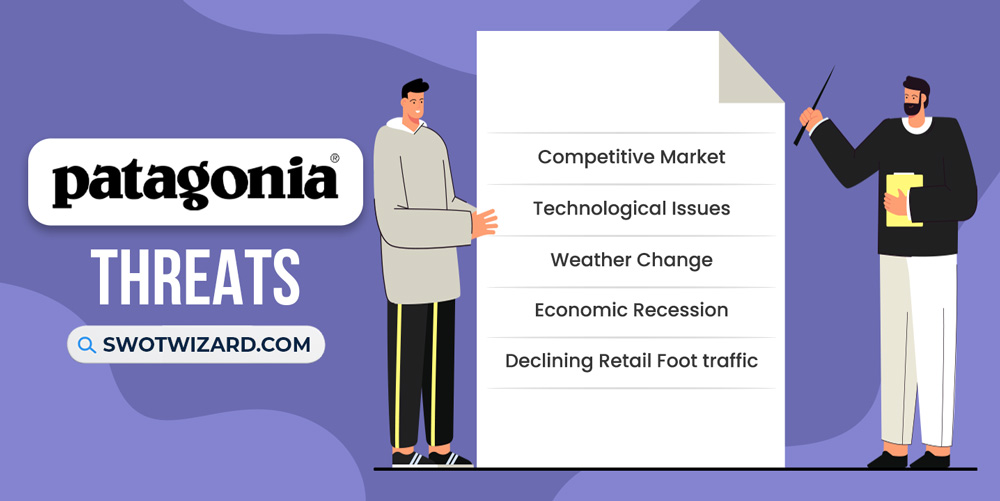
Competitive Market: Patagonia is in a highly competitive market with brands that offer the same offerings, and some of their prices are even lower. Those competitors include Columbia Sportswear, North Face, Marmot, L.L. Bean, etc. But Patagonia is using its climate awareness campaign to attract customers and tackle competitors like The North Face.
Technological Issues: As mentioned before, Patagonia lags heavily in the technical wing. Their e-commerce site has some serious issues with purchasing and browsing, and that’s why they are losing traffic and sales in online purchases. In this era of online shopping, this is a huge problem.
Weather Change: Nobody can predict the weather, and it’s a massive threat to the garments industry. It doesn’t affect the making process of the clothes but also disrupts the supply chain. As Patagonia heavily relies upon Asian suppliers, the weather can and will affect the overall operational strategy.
Economic Recession: Economic recession is a hot topic nowadays as the economist predicts that 2023 will be another year when the overall recession will take effect. And recession affects all industries, including garments. As there are cheaper options than Patagonia, sales will drop because of the recession.
Declining Retail Foot Traffic: Since covid-19, retail sales have declined and didn’t get back up. Patagonia also had to close almost every store during the pandemic. Even after reopening, foot traffic has dropped, and people are more habituated to online shopping. Likely, the foot traffic will not be the same as before.
[Bonus Infographic] SWOT Analysis of Patagonia Inc.
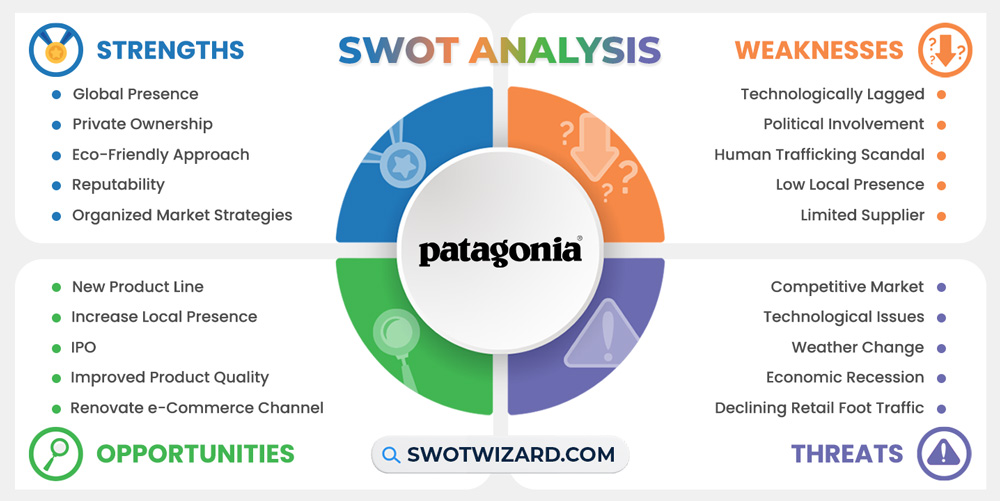
Recommendations for Patagonia
We went through all the internal and external factors of Patagonia Inc., and as we can see, they have some great strengths that made it possible for them to survive all these years. But, in the following years, they will face some problems and should be prepared for that. Here are some recommendations that they need to focus on;
- Patagonia should focus more on bringing new variety to the product line.
- As their online e-commerce wing is still underdeveloped, they should renovate the entire online shopping system.
- Not just the online shopping system but also change the customers’ entire experience while buying online and offline retail stores.
- Expanding into more regions and countries will increase the overall reach and popularity.
- Improving the overall product quality and bringing something new will attract more customers.
- Address all the technological issues and solve them to have the best purchasing system and customer experience.
Frequently Asked Questions (FAQs)
Is Patagonia a Hippie Brand?
Technically, Patagonia is not a hippie brand. Their products are for all types of people who love to travel outdoors. However, it started as a hippie brand.
Is Patagonia a Good Company to Work for?
Yes, Patagonia is a good company to work for. Their employee satisfaction rating is very high and up to the standard.
Final Words on Patagonia SWOT Analysis
In five decades of history in the clothing market, Patagonia has gone through many economic downfalls and still stood firm. We learn from Patagonia that its capacity for adaptability and staying on course with its goal and what they stand for is always its priority and always will be. In the upcoming days, Patagonia will tackle future issues and grow stronger.
References
- Wikipedia contributors. (n.d.). Patagonia Inc.. Wikipedia.
- Owned and Operated Facilities. (n.d.). Patagonia.
- How We’re Reducing Our Carbon Footprint. (n.d.). Patagonia.
- Richardson, J. (2018, November 15). How Patagonia Created One of the Most Generous Family Policies in the World. Convene.
- Environmental Campaigns. (n.d.). Patagonia Action Works.
- patagonia.com revenue. (n.d.). ecommerceDB.com.
- Marcario, R. (2017, December 6). Patagonia CEO: This Is Why We’re Suing President Trump. Time.
- White, G. B. (2015, June 3). ALL YOUR CLOTHES ARE MADE WITH EXPLOITED LABOR. The Atlantic.
- Patagonia Store Locator: Find a Patagonia Store Near You. (n.d.). Patagonia.
- Pasquali, M. (2022, November 28). E-commerce worldwide – statistics & facts. Statista.
- Overfelt, M. (2020, August 14). As The North Face battles Patagonia in outdoors market, it bets tackling climate change will pay off. CNBC.
- Patagonia – Traffic, Revenue, Competitors and Business Model. (n.d.). PipeCandy.
- Sebastio, F. (2018, March 27). Climate change is threatening the garment industry. Greenbiz.
- Maheshwari, S. (2020, May 12). Patagonia, Quick to Close, Could Be Last to Reopen. The New York Times.

